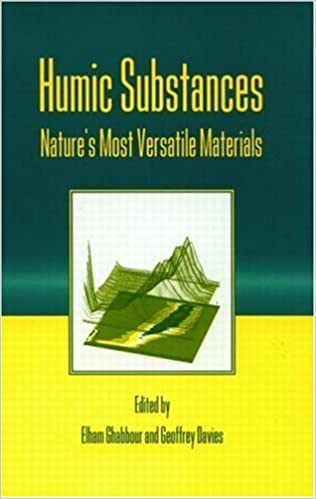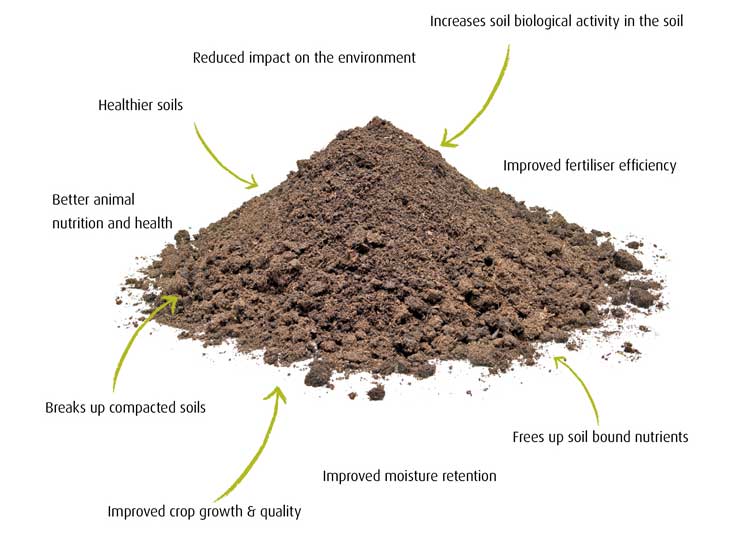It has long been known to science that leonardite and lignite have a high content of humic substances, and that these substances have remarkable properties.
However, nature designed these life-giving sources to release slowly over hundreds of years, which is why the amount of humic substances immediately available from raw leonardite and lignite is less than 2% under good conditions.


This unique characteristic of slow-release of its content has frustrated scientists and agronomists for centuries. This is because the long-chain molecular structure of humic substances is strongly bound to protein. Previously the only means of partly breaking these bonds was by using solutions of sodium hydroxide (NaOH) or potassium hydroxide (KOH).
These are caustic chemicals that contaminate the contents during treatment. Crops treated and grown with caustic-extracted humic substances are banned from import into Europe, Japan, Australia and other large markets.

Image shows seperate fields with and without Key 2 during drought conditions.
Unfortunately the marketing of these extracted substances has caused much confusion in an unregulated market. As many false claims have been made regarding their performance, as have been made regarding their purity. Accordingly the results from using these extracts has often been disappointing and ultimately as damaging as that of phosphate and nitrogen based fertilisers. As has been repeatedly proven, extracts can never provide complete solutions.
The Key 2 process removes moisture from the voids in the substrate of the raw material from which a high oxygen and hydrogen atmosphere is created, leaving the remaining organic compounds exposed.

By this method, long-chain molecular structures can be altered without any negative effect whatsoever.

Recent Comments